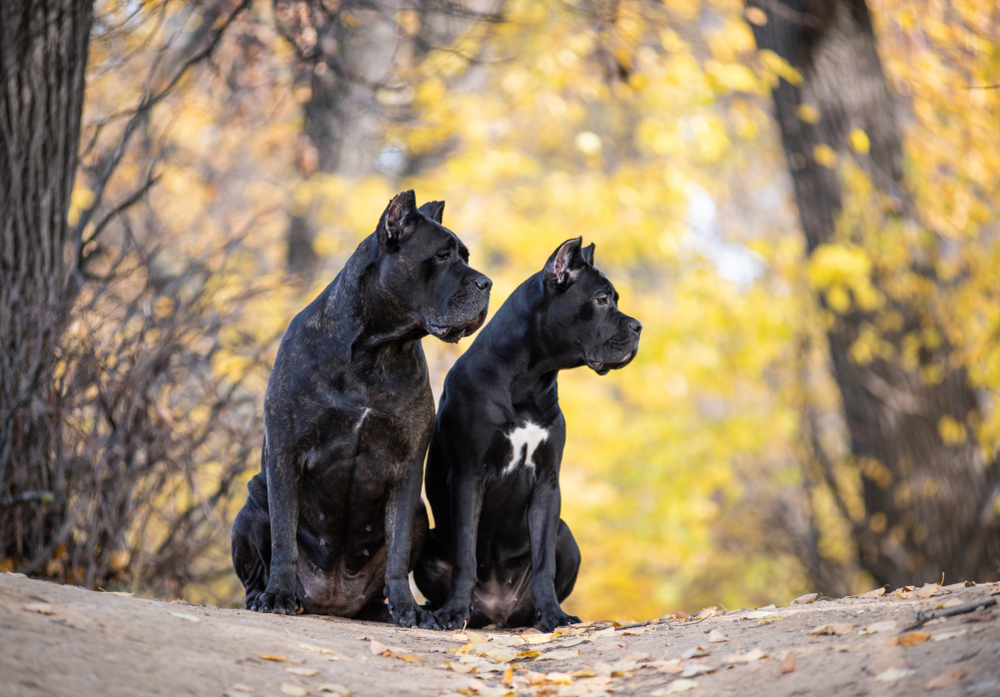The phrase, “Dogs are a man’s best friend,” rings true, and Cane Corso’s are among dog lovers’ favorites as they make for a great companionship.
However, over the years, there have been rumors about the Cane Corso and other dogs being able to lock their jaws, making it impossible for you to pry away whatever they’re holding.
Is that true?
The answer is no! The Cane Corso does not possess that capability. This friendly dog rarely even grips anything with its teeth unless it’s in self-defense or to protect its companion.
So why do people say it has locked jaws? Keep reading to find out more!
Table of Contents
Can Cane Corso’s Lock Their Jaws?
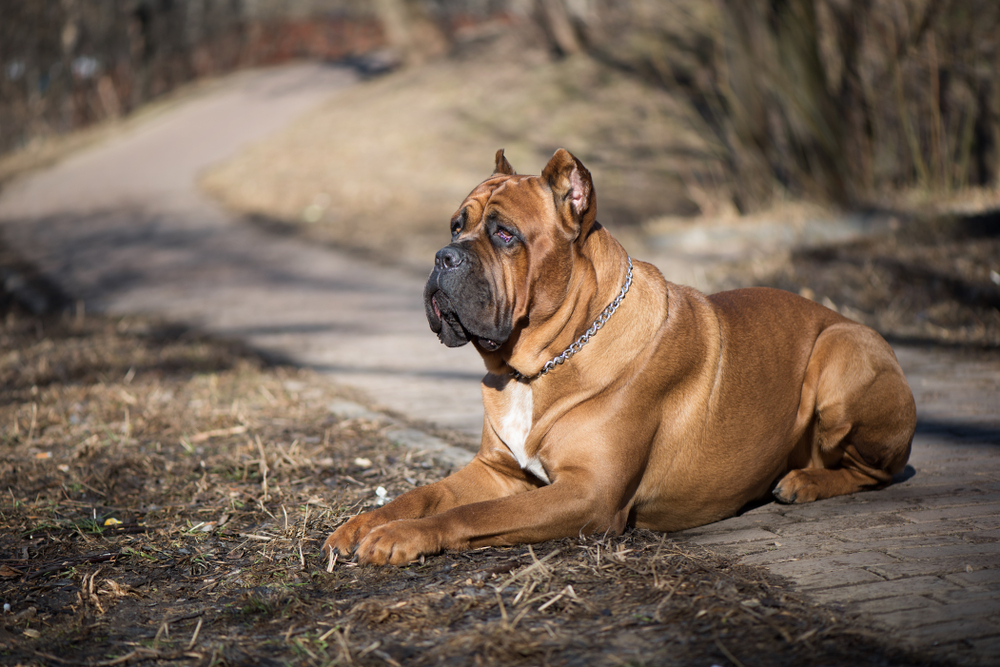
No. The Cane Corso’s jaws do not have a system to keep them locked together, so they can be easily dislodged.
If they are threatened, harassed, assaulted, or disturbed while working as guard dogs, however, they may chomp down with an incredible 700 psi.
As a prospective owner, you need to be aware of the Cane Corso’s unique characteristics and habits before deciding to get one.
It’s equally critical to arm oneself with knowledge about what to avoid while dealing with this gorgeous species.
Let’s take a look at some facts about Cane Corsos and what to look out for.
What Is a Cane Corso?
Just getting into the dog world? Here’s what you need to know. Italy is home to the Cane Corso mastiff, a breed of dog that is known for its size and strength.
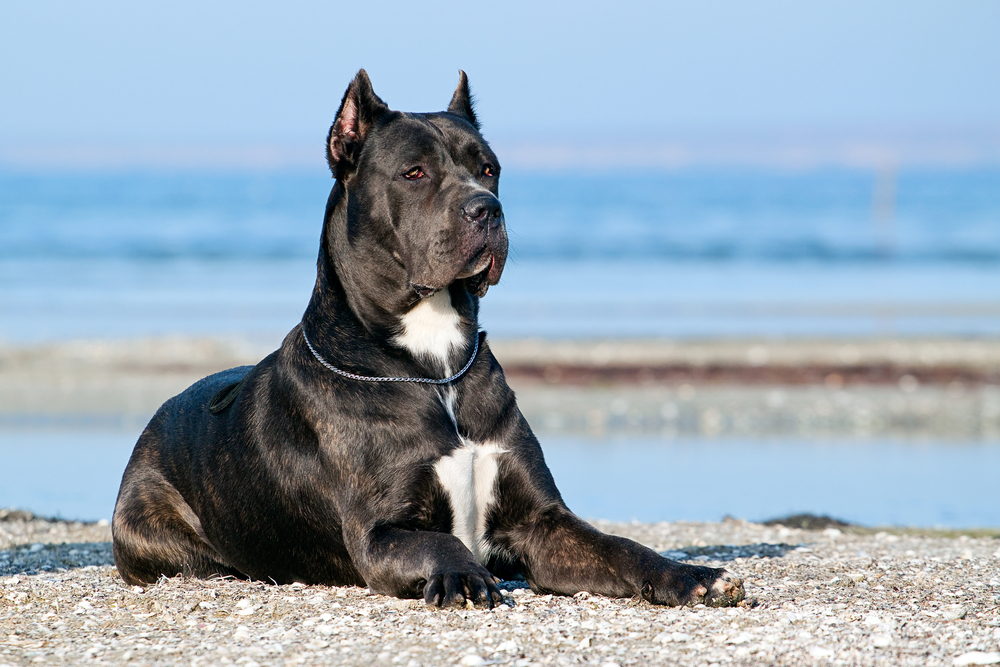
This breed can be used in a variety of ways, such as a guard dog or a companion animal. It has also been used for both large-game hunting and herding livestock in the past.
According to the breed standard of the Fédération Cynologique Internationale, this dog is widely distributed across the Italian peninsula.
In fact, until recently, it was only available in Puglia, a region in southern Italy. The mezzadria system of sharecropping was abandoned in the 1960s, and the dogs went extinct as a result.
Selective breeding began in the 1980s, and the current breed is the outcome of that effort.
It was founded in 1983 as a breed society, the Società Amatori Cane Corso.
The breed was officially approved by the Italian Ente Nationale della Cinofilia Italiana in 2007 after being recognized by the Fédération Cynologique Internationale in 1994.
Official recognition by the American Kennel Club came in 2010.
As of 2019, there were between 3000 and 4250 new Cane Corsos registered in Italy each year.
What Does the Term “Lock Jaw” Refer to?
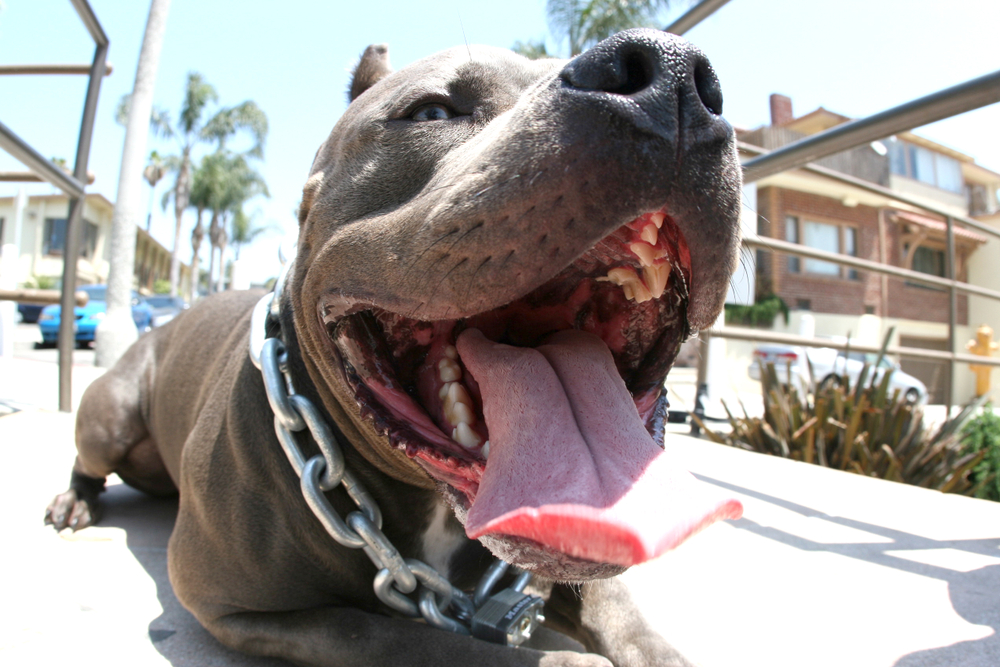
What does the term “locking jaws” refer to? It’s based on the idea that canines with large, blocky heads and powerful jaws can lock onto prey.
In theory, it is difficult to free anything trapped between a dog’s teeth unless it is released by the dog itself.
The Cane Corso has a frightening appearance to those who are inexperienced with the breed.
Intruders are easily chased away by this breed’s intimidating size and strength.
Trying to maintain its hold on a victim with its jaw in a set position is impossible, however. No dog’s upper and lower jaws can lock together.
Is Lockjaw Real?
Other than the sickness in humans with that name, there is no proof that a dog could purposely lock its jaw in place.
There is no such thing as a locking jaw in dogs.
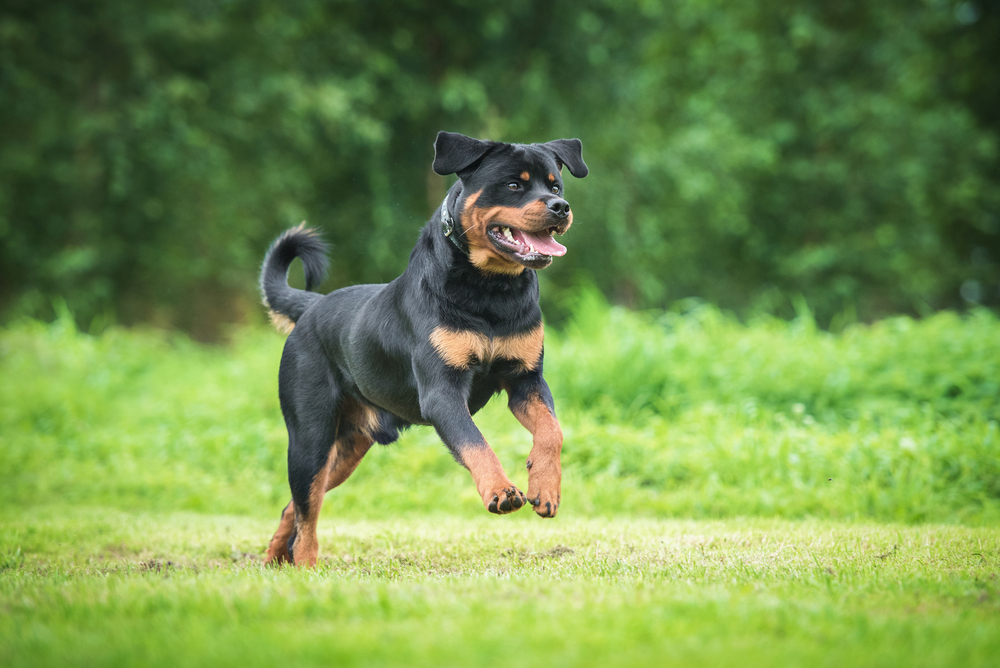
Pit Bull-type dogs like Rottweilers and American Staffordshire Terriers are typically referred to as having locked jaws.
Other dogs accused of this myth are German Shepherds, Doberman Pinschers, Boxers, and Mastiff-type dogs like the Cane Corso.
In the aftermath of a particular dogfighting victory, the term “locked jaw” was coined to describe how a dog “locked on” to the opponent.
This story, like so many others that have expanded to epic dimensions, has given several dog breeds an unfairly bad reputation.
Many innocent dogs died as a result of the media’s exaggerated portrayal of Pit Bull breeds in the late 1800s and early 1900s, which may explain why the term “locking jaws” was used more frequently at that time.
Can a Cane Corso Forcefully Lock onto Its Prey?
The Cane Corso is capable of gripping something with its jaws, right? Yes. If you try to win a pulling match against one, you’ll see what we mean.
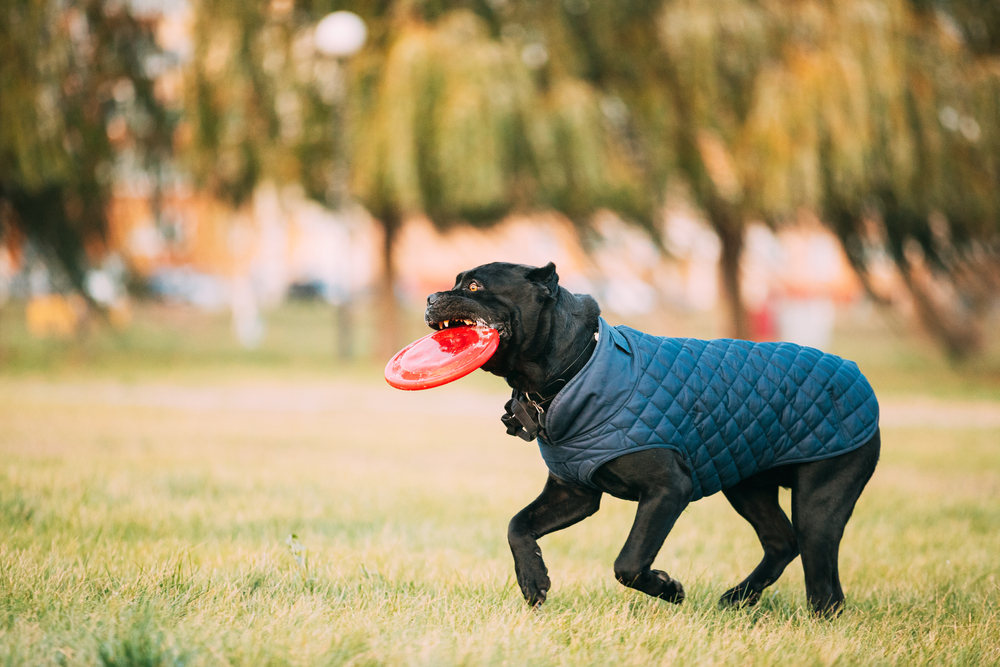
Because of this ability, dogs have long been able to survive on their own.
The ability of today’s feral canines to steal their food if necessary is well established.
However, it is a myth that they can lock their jaws in place physically.
How to Know If a Cane Corso Is Dangerous
Many people assume that dangerous dogs do not exist, but instead, it is the owners who are to blame.
The statement has some truth to it, but not entirely.
Apprehensions, personality traits, limits, and stimuli all affect a dog’s personality. However, it’s an overstatement to claim that every dog of a certain breed is dangerous in general.
Genetics, upbringing, and other conditions all play a role.
Any dog, regardless of breed, can be dangerous. Even the most diminutive dog can cause serious harm if provoked.
However, there is no evidence to support the notion that the Cane Corso is among the most dangerous breeds.

Due to its calmness, intelligence, and loyalty, this breed is well-liked by those who meet it.
The Cane Corso Temperament
Stable, even temperaments, socialization, and training with equal levels of respect, instruction, and boundaries should make a Cane Corso safe.
An intruder may be an exception if he or she comes face-to-face with a Cane Corso on high alert and in a bad mood.
Unfortunately, even though the Cane Corso isn’t naturally violent, if given the appropriate training, it may be made dangerous and may attack if commanded to do so.
In these cases, dogs aren’t accountable.
Can You Get Hurt by a Cane Corso?
If a Cane Corso decides to hurt you, it will do so with considerable force. When faced with danger, a Cane Corso is “reasonably more willing to fight than to escape.”
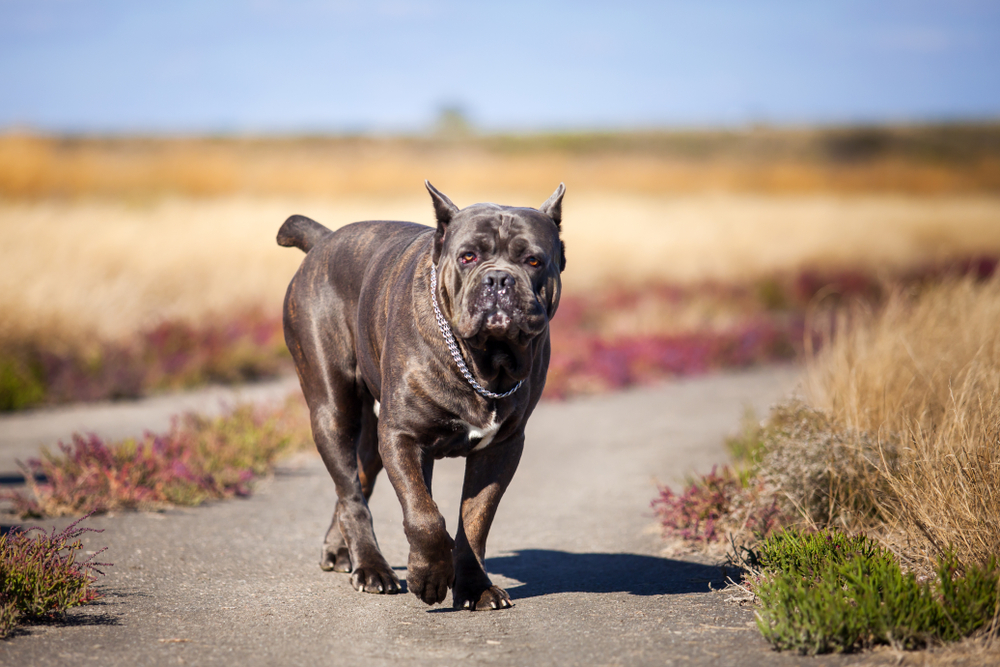
That’s why they’re so good at working as guard dogs.
Cane Corsos are often not aggressive toward humans or other animals, opting instead to be watchful or uninterested in the situation at hand.
Due to its inclination to be overly confident, having high esteem, and being wary of newcomers, this breed must not be classified as threatening.
The Cane Corso’s Bite Force
The Cane Corso is said to have a bite force of 700 psi. That’s quite a feat in the dog world. Cane Corsos, of course, do not clamp their teeth with that much force every time they snap at prey.
It doesn’t use force to hold a ball in his mouth or eat kibble.
The Cane Corso bite force estimate supplied only represents the potential for such a large amount of force to be generated.
Many large, broad-headed dogs have significantly more powerful bites.
The larger the dog, the more likely it is that it will seek larger prey to satiate its hunger. The Cane Corso’s strong jaws were also a result of selective breeding over time.
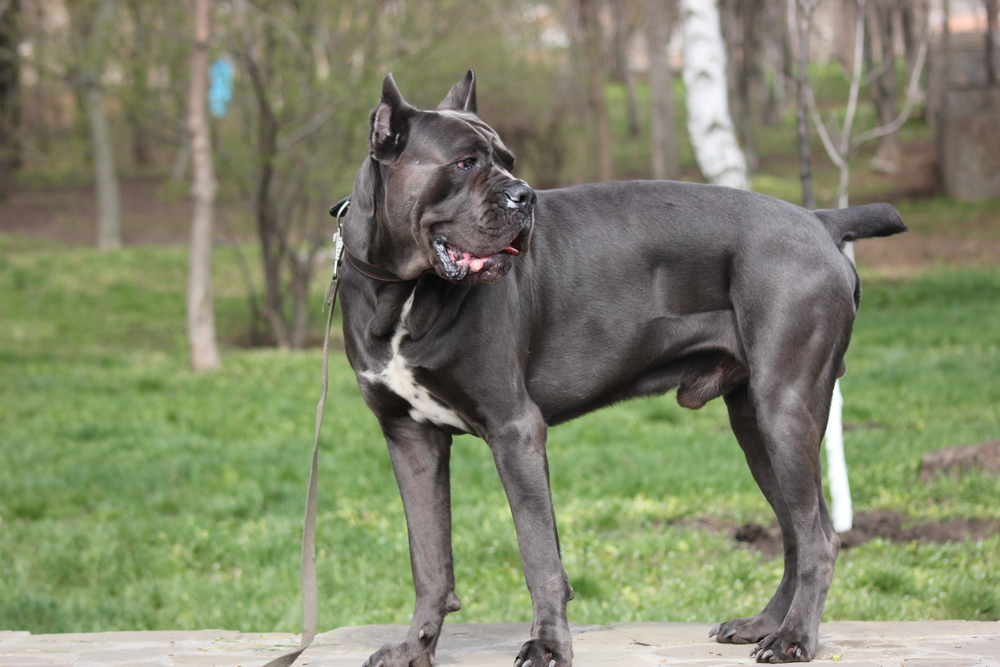
What Does 700 Psi Mean?
Pounds per square inch (PSI) is a unit of measurement for the level of pressure exerted on a certain object.
PSI is a common unit of measurement for a wide range of forces, from the biting force of an animal to the ease with which something can be crushed.
It can be difficult to understand precisely what 700 PSI signifies if you don’t deal with PSI on a routine basis.
As a visual aid, here are a few samples to get you started:
- An abrupt impact on the body can only cause roughly 50 PSI of damage to the human body.
- Humans are capable of biting at a pressure of 162 pounds per square inch (PSI).
- 700 PSI is the max that the US Navy’s deepest subs can withstand.
- You could crush bricks at 700 PSI
- A lion’s bite force of 650 PSI and a grizzly bear’s is 950 PSI.
Do Cane Corsos Normally Protect Their Owners?
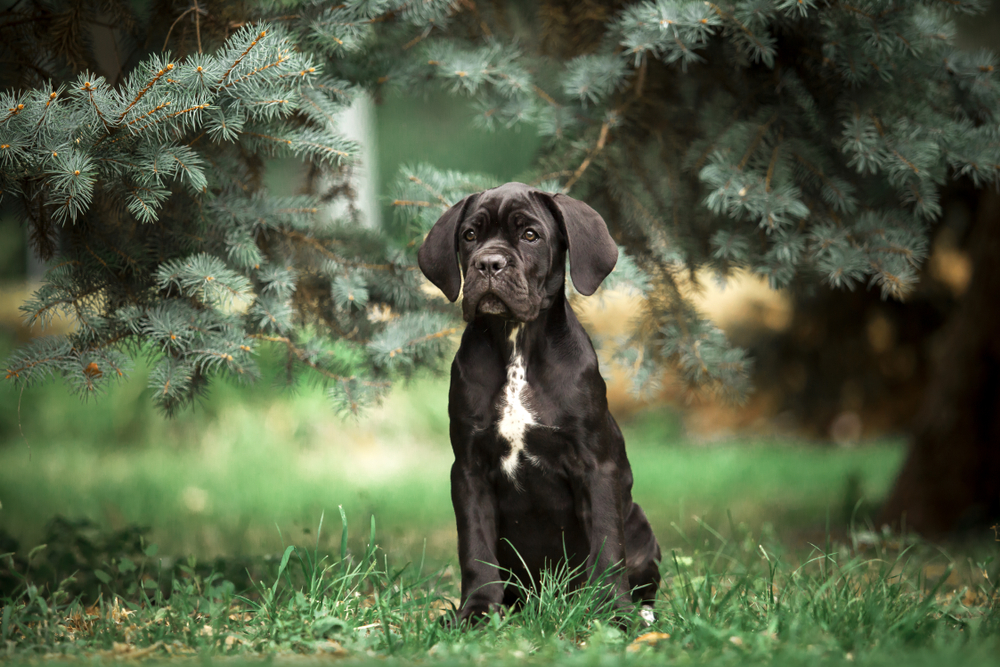
Between the ages of 6 and 14 months, your Cane Corso should begin to demonstrate protective inclinations.
During this phase, both sexes begin to feel the effects of hormones and begin to show signs of maturity.
This is also the time when dogs go through their second stage of terror, so keep that in mind.
For a dog this age, it’s normal to be fearful of his shadow one day and feisty and protective the next.
Cane Corso’s qualities will eventually take hold of him, and he’ll return to his normal self.
Characteristics of a Cane Corso
The Neapolitan Mastiff and the Cane Corso are closely related in terms of size and look. It has a good amount of muscle but is smaller than most mastiff breeds.
According to international standards, dogs should weigh 45–50 kg and stand 62–70 cm tall at the withers; females are 4 cm shorter and 5 kg lighter than males.
The large, well-defined head, which is nearly a third of the animal’s height at the withers, is quite short.
There is a modest convergence of the apex of the skull toward the muzzle. This face has large, round eyes that are separated by a large chasm.
The iris of the eye is often quite dark.

With a thin layer of dense hair that shines brightly, these dogs can exhibit many shades; it might be black, brown, or brindled (dark fawn, light fawn, or stag red).
Minor white patches on the breast, foot, or nose are also a common feature.
A Cane Corso’s Purpose
Dogs like the Cane Corso can be used as family pets, security canines, or even livestock guardians.
It has been used for both large-game hunting and herding livestock in the past.
To be eligible for registration, a dog must remain calm in the face of non-offensive strangers, show indifference to gunfire, and vigorously defend its owner from an attacker.
A Cane Corso’s Lifespan
Even though Cane Corso’s life expectancy varied by coat color, researchers in 2017 analyzed 230+ of these dogs in 25 countries and discovered an average longevity of 9.3 years.

